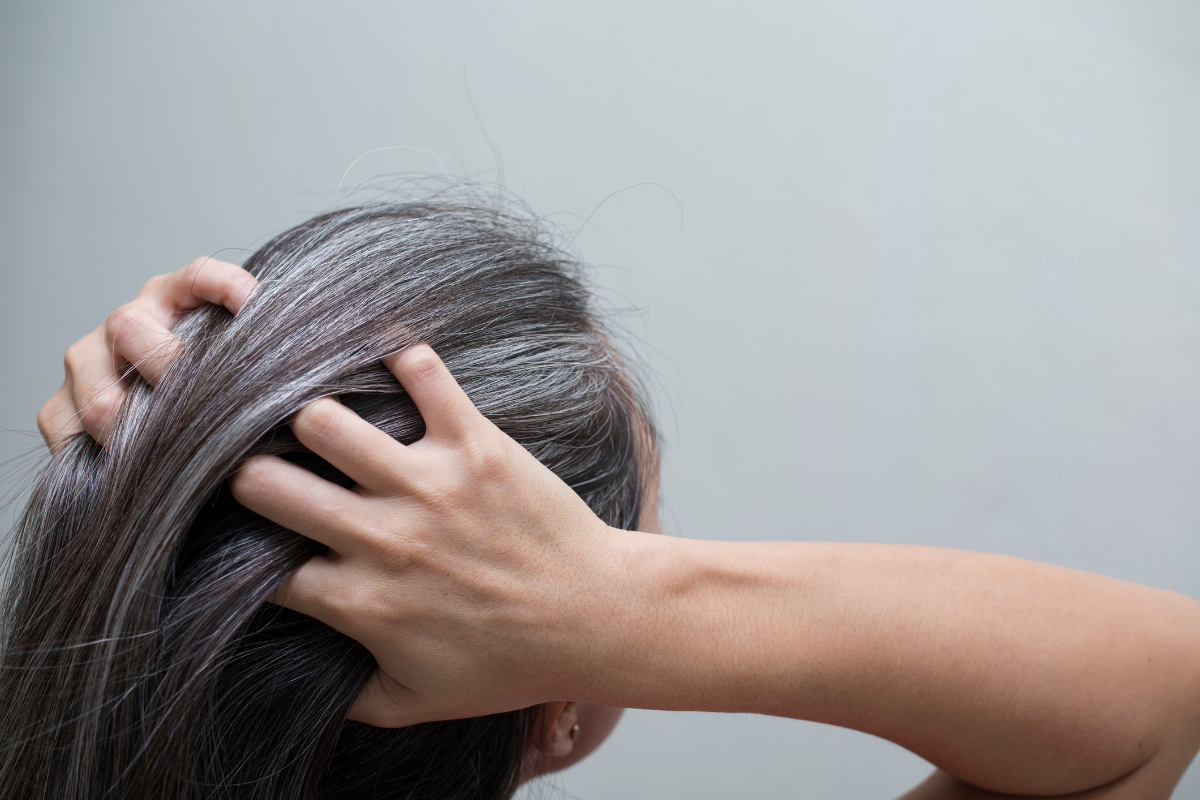
As we age, our hair undergoes many changes. It turns gray, can thin out, and often changes texture. Obviously, these changes can be jarring. If you lived your entire life with straight, fine hair and suddenly wake up to somewhat wirier waves, it can leave you wondering how to style and care for your new tresses. Thankfully, adjusting to your new texture doesn’t have to be a mystery. We consulted hair stylists to find out the key ways to manage your gray hair changing texture. Healthy, silky locks are on the way.
READ THIS NEXT: 5 Benefits of Letting Your Hair Go Gray, According to Stylists.
Why does gray hair change in texture?
By now, you’ve realized that gray strands have a different texture than naturally pigmented ones. But have you ever wondered why?
Arrogant Smith, a professional hairstylist and hair consultant for KES Wigs, breaks it down for us. “As hair goes gray, it usually becomes drier and coarser,” Smith says. “This is because the natural oils, or sebum, that keep hair healthy are produced in smaller quantities as we age, and the oil glands may shrink.”
Your strands themselves may become more brittle and prone to breakage, while your scalp may become either oilier or drier. “Hair texture varies from person to person,” Smith adds. “But graying hair generally tends to be harder to style and manage than younger hair.”
Fortunately, there are easy ways to make things more manageable.
1. Add moisture while you wash.
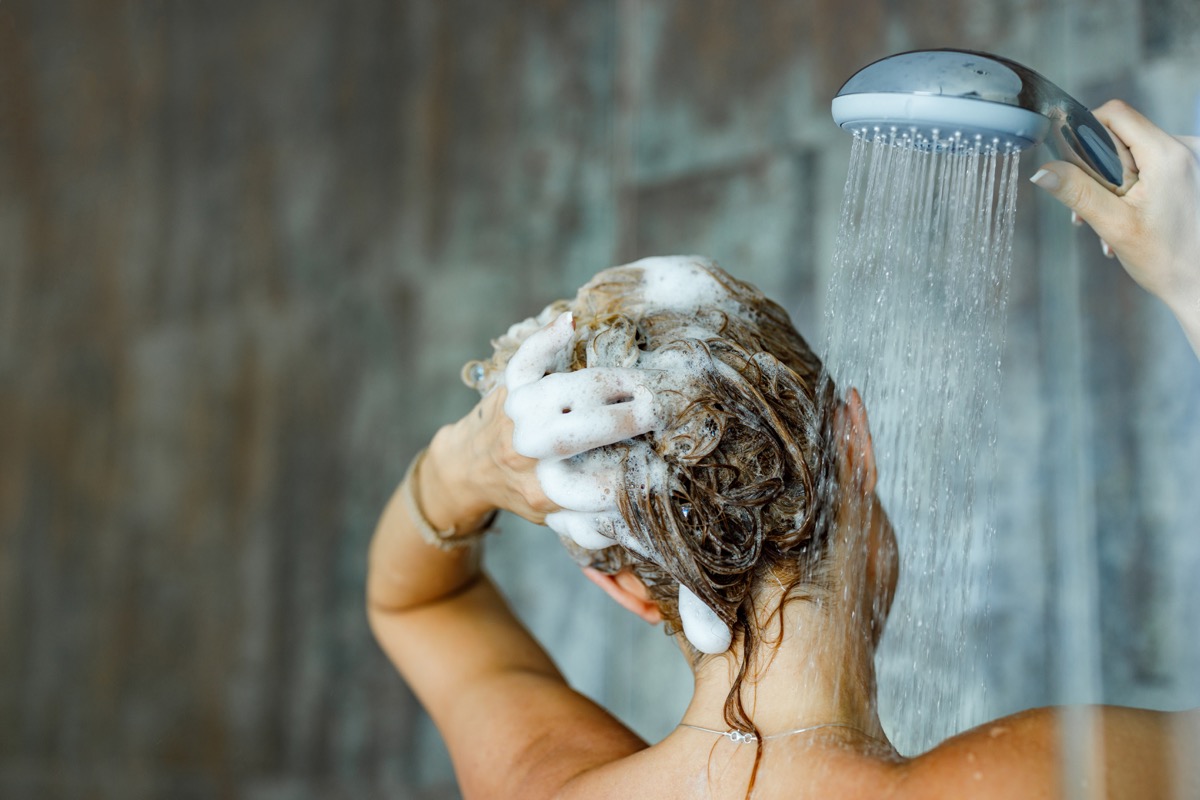
For gray hair, hydration is key. “The most important step in caring for gray hair and keeping it healthy and manageable is to amp up the moisture—the drier the hair is, the more coarse and springy the texture will be,” says Lisa Abbey, professional hairstylist and founder of Strength x Beauty.
Abbey suggests using a sodium-free conditioning wash (also called a co-wash) or a sulfate-free hydrating shampoo and conditioner. Ingredients like sodium and sulfates can strip the hair of its already-lacking oils, which is why you’ll want to avoid them.
READ THIS NEXT: 5 Ways You’re Ruining Your Gray Hair, Stylists Warn.
2. Try a conditioning treatment.
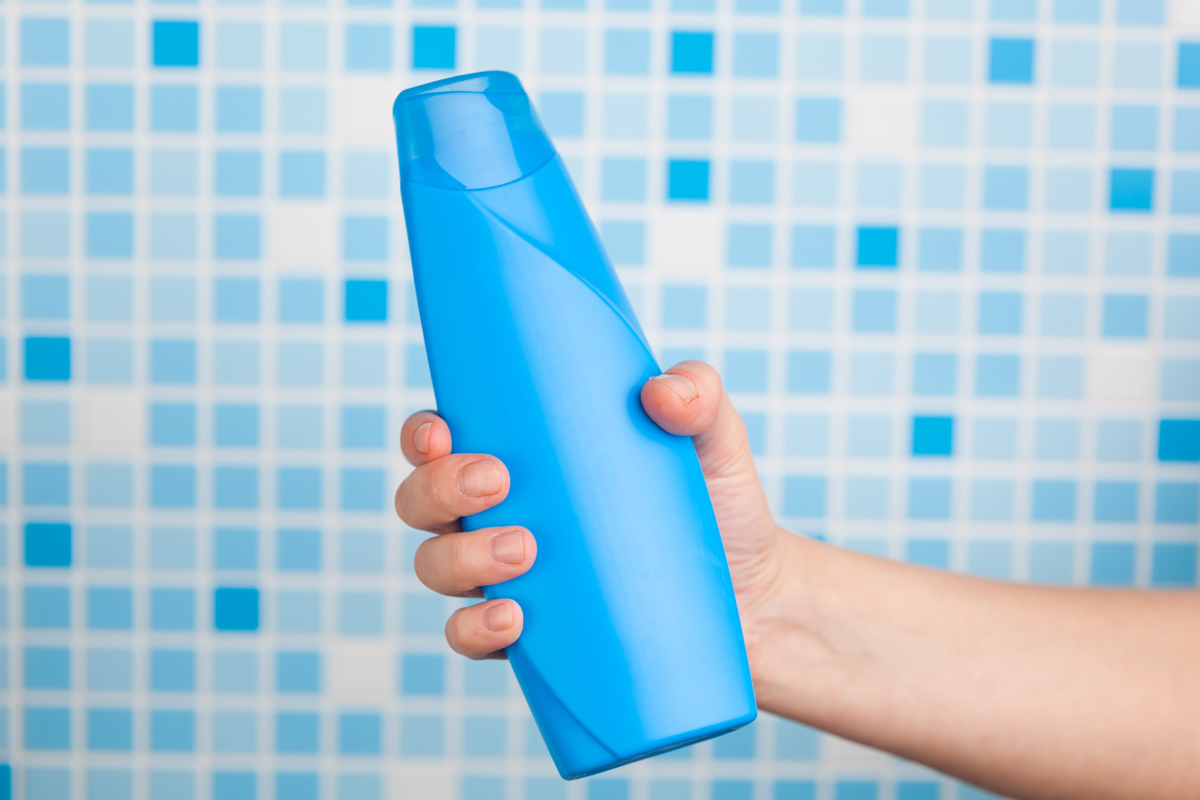
The name of the game is hydration, which means it’s time to invest in some top-notch masks. “You could use a deep-conditioning treatment once a week or apply a leave-in conditioner before styling your hair,” says Smith. Doing so will add moisture back to the hair and help reduce frizz and flyaways.
Look out for hydration heroes, such as jojoba oil, olive oil, argan oil, castor oil, or avocado oil; emollients like shea butter, mango butter, and aloe vera will seal that moisture in so it lasts.
3. Or an oil treatment.

Similar to a deep conditioning treatment is an oil treatment. “The oil that’s closest to the hair’s natural sebum is jojoba oil,” says Ghanima Abdullah, hair expert for TheRightHairstyles.com. “Doing weekly hair masks with jojoba oil can help ease the dry, wiry texture.”
Apply the jojoba hair mask from root to tip at night a day before you wash your hair; wear a shower cap or conditioning cap throughout the night to prevent leaks. “In the morning, rinse out the oil with warm water and shampoo and condition as usual,” says Abdullah. “You’ll be surprised at how manageable your hair is afterward.” If you don’t have access to jojoba oil, Abdullah also recommends coconut and argan oil.
4. Upgrade your styling techniques.
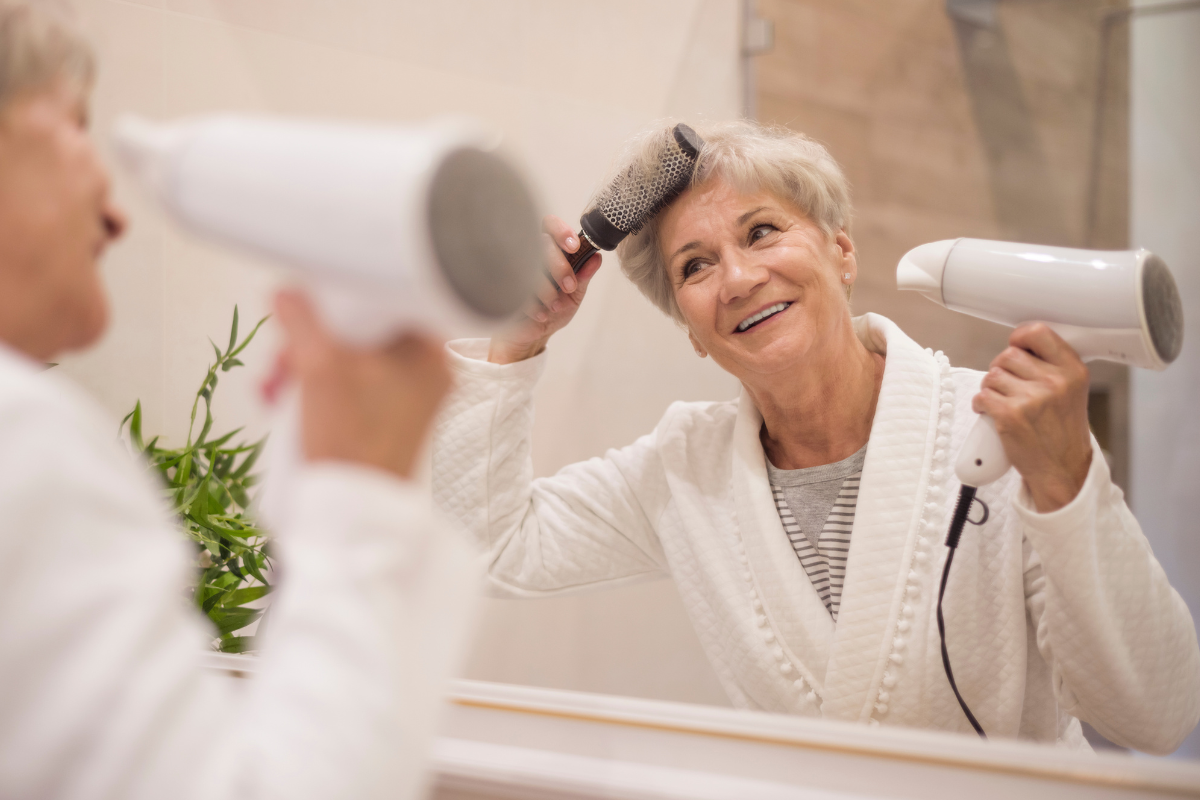
A new hair texture may require a new styling technique. “I recommend using a styling cream or gel when you wet your hair and then blow-drying it with a diffuser,” says Smith. “This will help add moisture and control the frizz.” Smith also recommends the InStyler Max Prime to help her gray clients seal in moisture and add shine.
There are also easy ways to go heatless. “For those with curly or wavy hair, I typically recommend using a light gel or mousse while styling to help define the curls without making them too stiff or heavy,” Smith notes. “You can also try braiding your hair before bed to help keep the coils in place.”
For more beauty advice delivered straight to your inbox, sign up for our daily newsletter.
5. Get trims regularly.
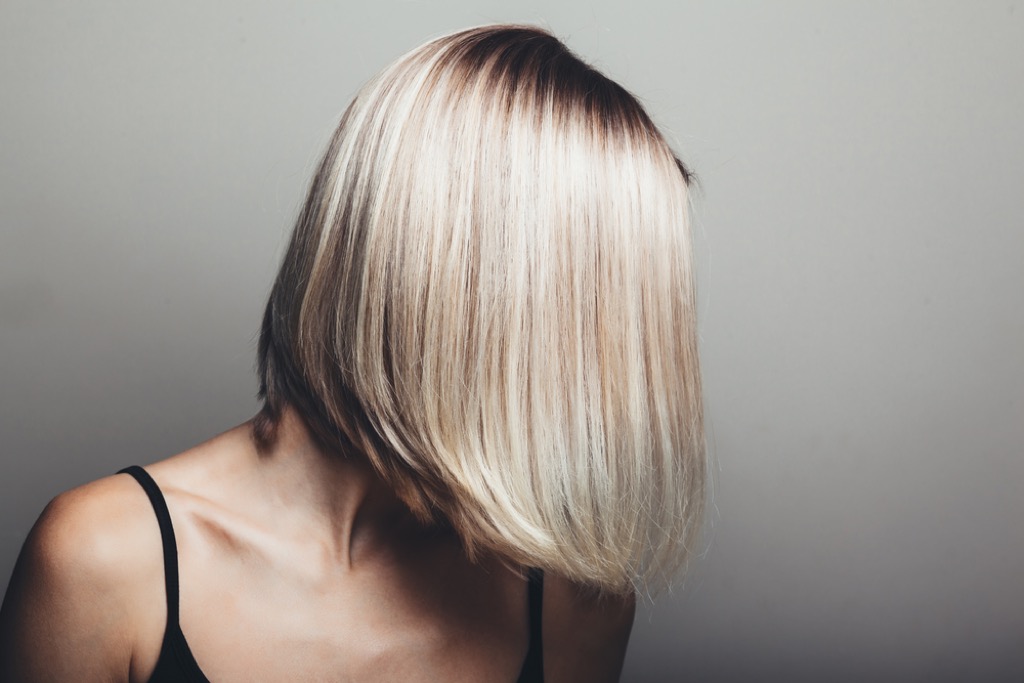
Regular trims are non-optional once your hair goes gray. “Getting your gray hair trimmed regularly will help keep the ends looking healthy, resulting in an overall fit hairstyle,” says Alice Rawling, a hairstylist and chief editor at Hairdo Hairstyle. “Splitting ends can cause your strands to break or look dry and frizzy.”
Fortunately, regular trims will prevent them. Aim for every six to eight weeks for best results.



